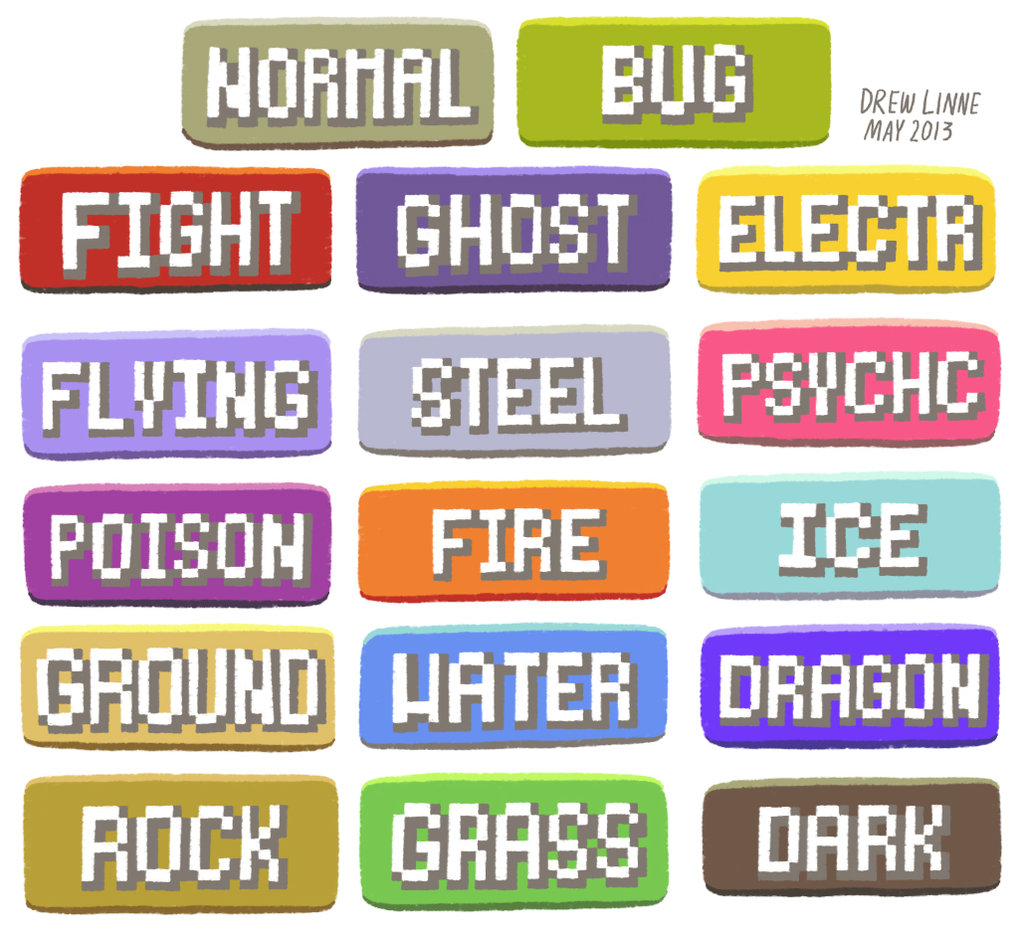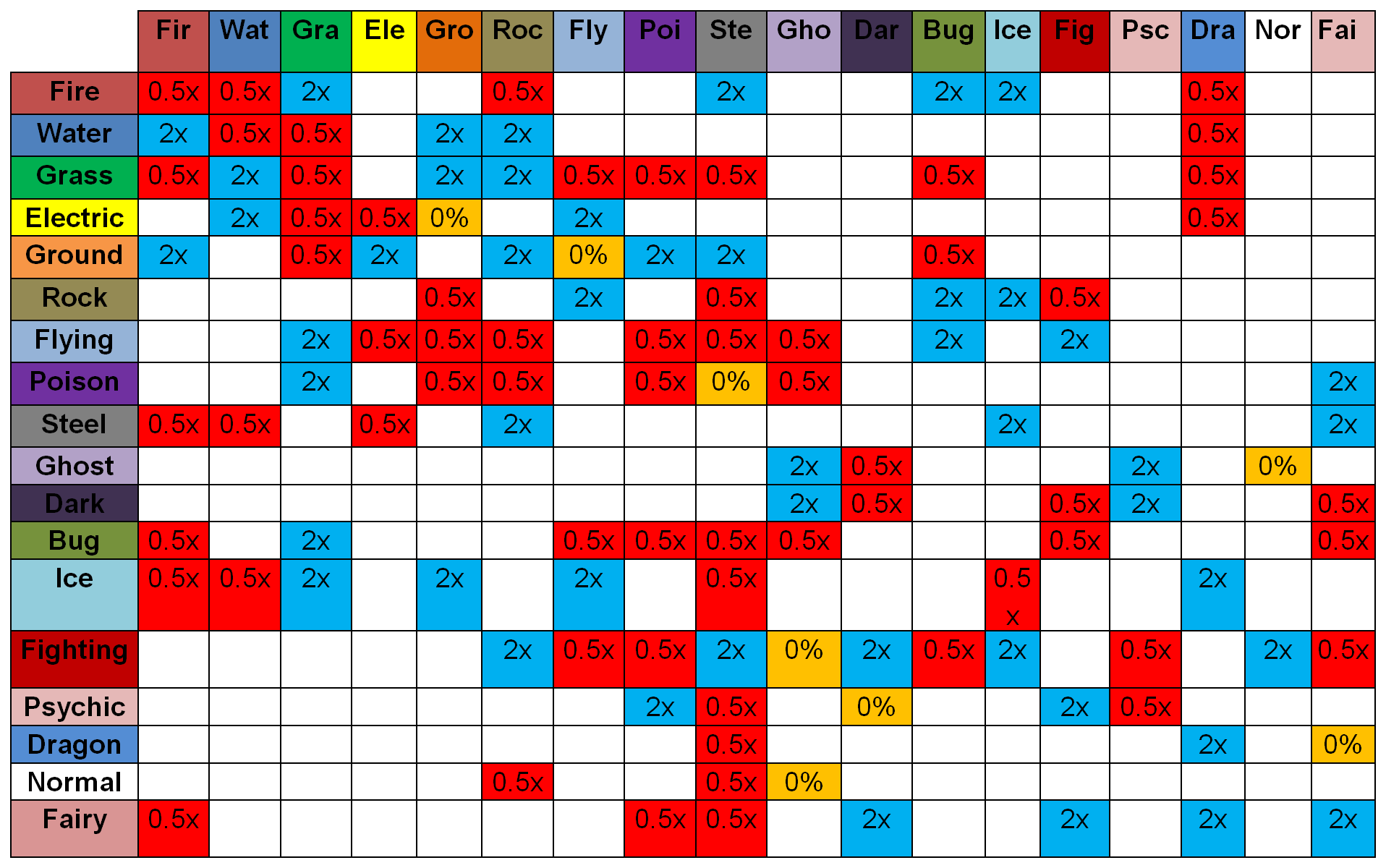With Pokemon Sun and Moon recently announced for a late 2016 release and the excitement building, here is a simple guide regarding Pokemon types and their strengths and weaknesses to other types.
This guide is not necessarily targeted at veteran Pokemon players and the growing competitive Pokemon scene, for obvious reasons. However, if you’re new to the series — or are interested in a re-cap/reference — and really want an understanding of how to squish those pesky Pokemon swiftly and efficiently, this could be an appropriate guide for you.
So, first of all…
Every Pokemon has its own individual type, and each type has its strengths and weaknesses. Strengths mean reduced damage (0.5x) and some of these are “super effective” against opponents; weaknesses mean increased damage (2x). Types which are completely ineffective do no damage at all (0%).
Throughout the years, the number of Pokemon types has increased immeasurably, and now features a hefty 18 as of the previous two installments.
The simplest way to think of most Pokemon types is to imagine them functioning within reality. Fire is typically devastating when forest fires occur, so that would naturally suggest grass would lose to fire. Water is typically functional for extinguishing fires, so water would defeat fire. Thinking that way makes Pokemon types make more sense.
Below is a table detailing the strengths and weaknesses in a relatively concise way. All blue boxes labelled with 2x indicate what is “super effective” against what; all red, labelled with 0.5x, indicate that type is ineffective against another; and 0% indicates complete ineffectiveness against another type.
(Click to enlarge the table)
Remember to always think elementally (electric beats water, water beats fire etc.) and correlate other real-life scenarios, and eventually, with enough thought and experience, you won’t even need the table.
Good luck out there!








Published: May 24, 2016 12:56 pm